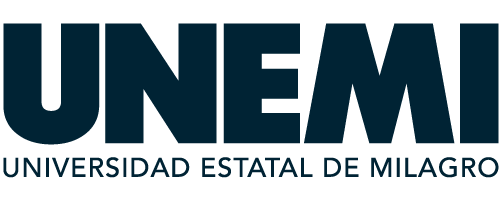Teaching social Studies to English Language Learners
Material type: TextLanguage: Inglés Original language: Inglés Routledge 2009Edition: 2daContent type:
TextLanguage: Inglés Original language: Inglés Routledge 2009Edition: 2daContent type: - texto
- no mediado
- volumen
- 9780415634953
- 9780415634960
- 9780203094167
- 5ta 300.71´273
| Item type | Current library | Call number | Copy number | Status | Notes | Date due | Barcode | |
|---|---|---|---|---|---|---|---|---|
|
|
CRAI UNEMI U.A.C. Educación (FACE) | 300.71´273 (Browse shelf(Opens below)) | Ej. 1 | Available | FACE ESTANTERÍA: IDIOMAS 6 | 33196859 |
Incluye índice
1.- YOUR ENGLISH LANGUAGE LEARNER- The Process of English Language Learning and What to Expect- Different Types of ESOL Programs: Descriptions and Expectations- First Language Development and Development in English- Not All ELLs are the same- Troubleshooting: Specific Issues and Challenges 2.- WHAT WE KNOW FROM RESEARCH- Principles of Social Studies Learning and Research- Social Studies-focused ESOL Research- Listening, Speaking, Reading, a
eaching Social Studies to English Language Learners provides readers with a comprehensive understanding of both the challenges that face English language learners (ELLs) and ways in which educators might address them in the social studies classroom. The authors offer context-specific strategies for the full range of the social studies curriculum, including geography, U.S. history, world history, economics, and government. These practical instructional strategies will effectively engage learners and can be incorporated as a regular part of instruction in any classroom. An annotated list of web and print resources completes the volume, making this a valuable reference to help social studies teachers meet the challenges of including all learners in effective instruction.
Features and updates to this new edition include:
• An updated and streamlined Part 1 provides an essential overview of ELL theory in a social studies specific-context.
• "Teaching Tips" offer helpful suggestions and ideas for creating and modifying lesson plans to be inclusive of ELLs.
• Additional practical examples and new pedagogical elements in Part 3 include more visuals, suggestions for harnessing new technologies, discussion questions, and reflection points.
• New material that takes into account the demands of the Common Core State Standards, as well as updates to the web and print resources in Part 4.
There are no comments on this title.

